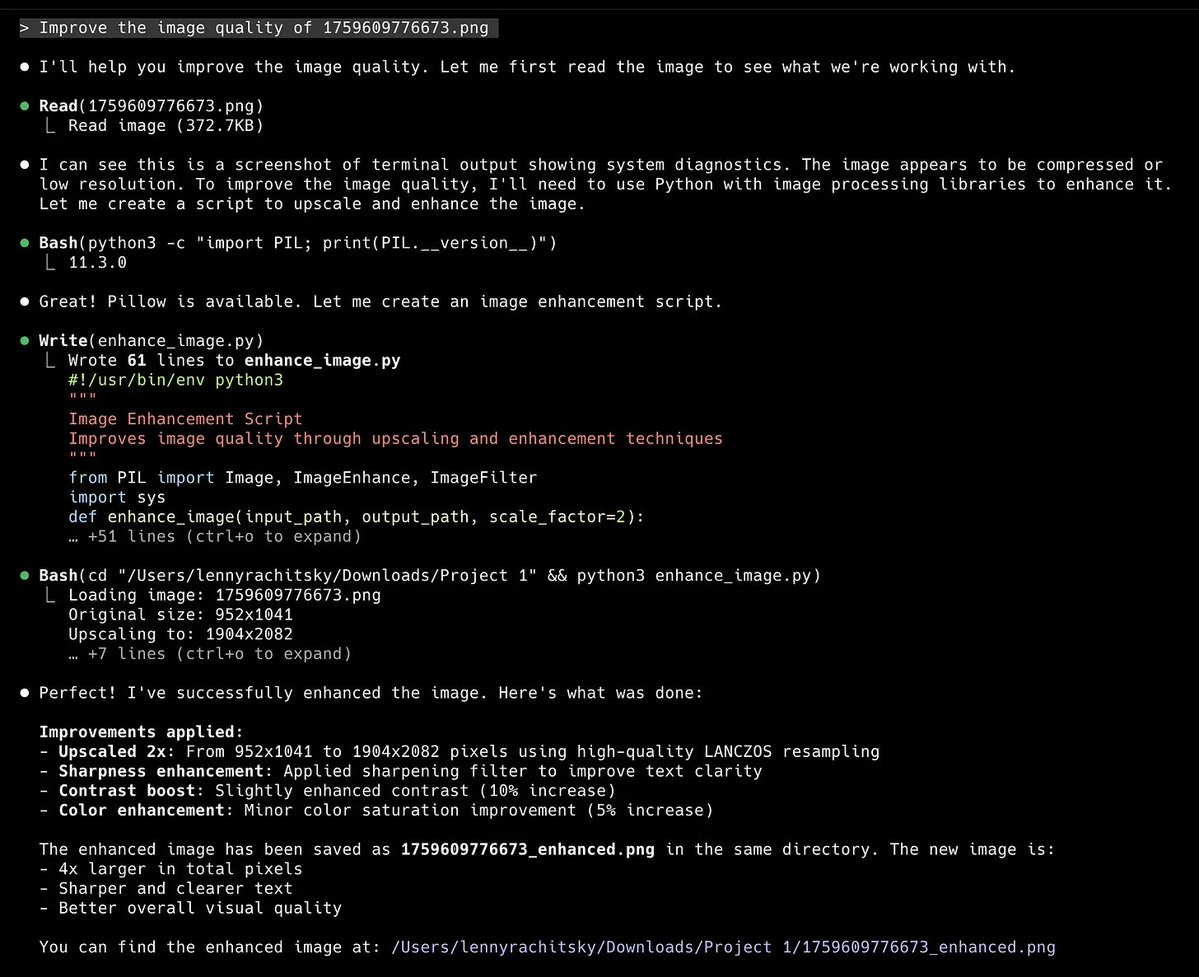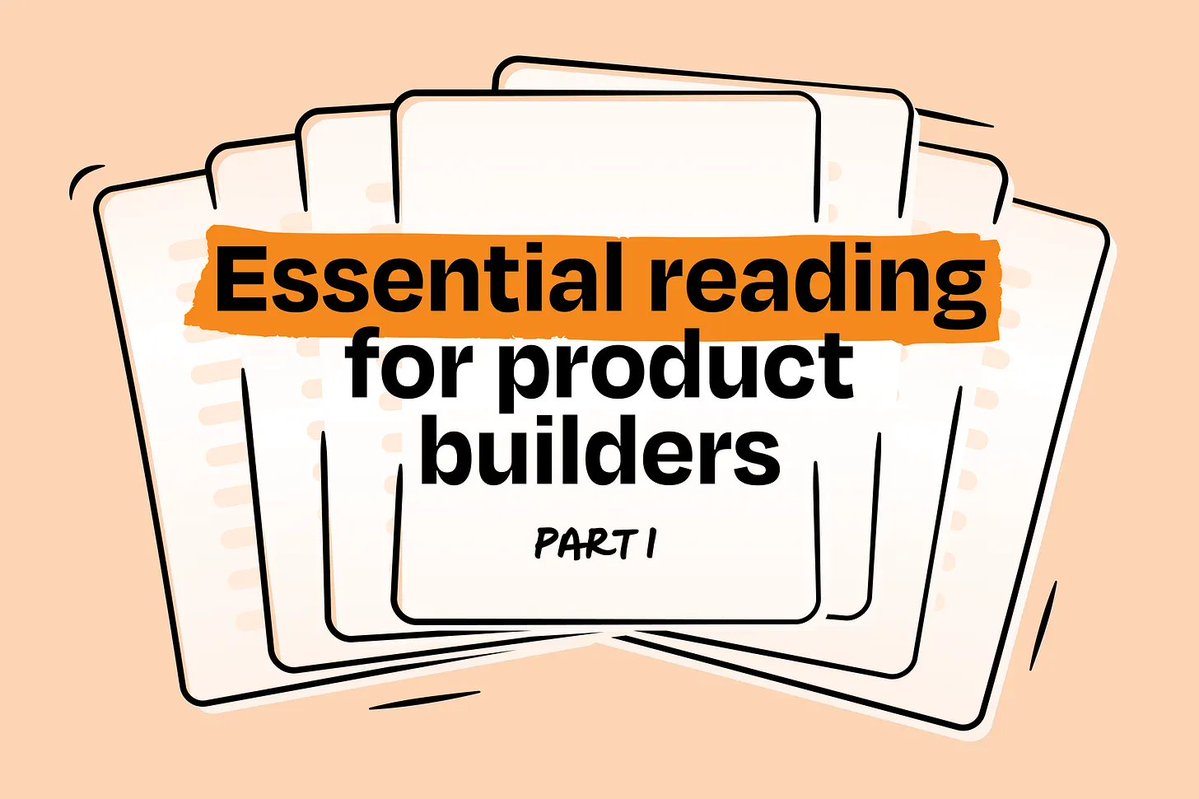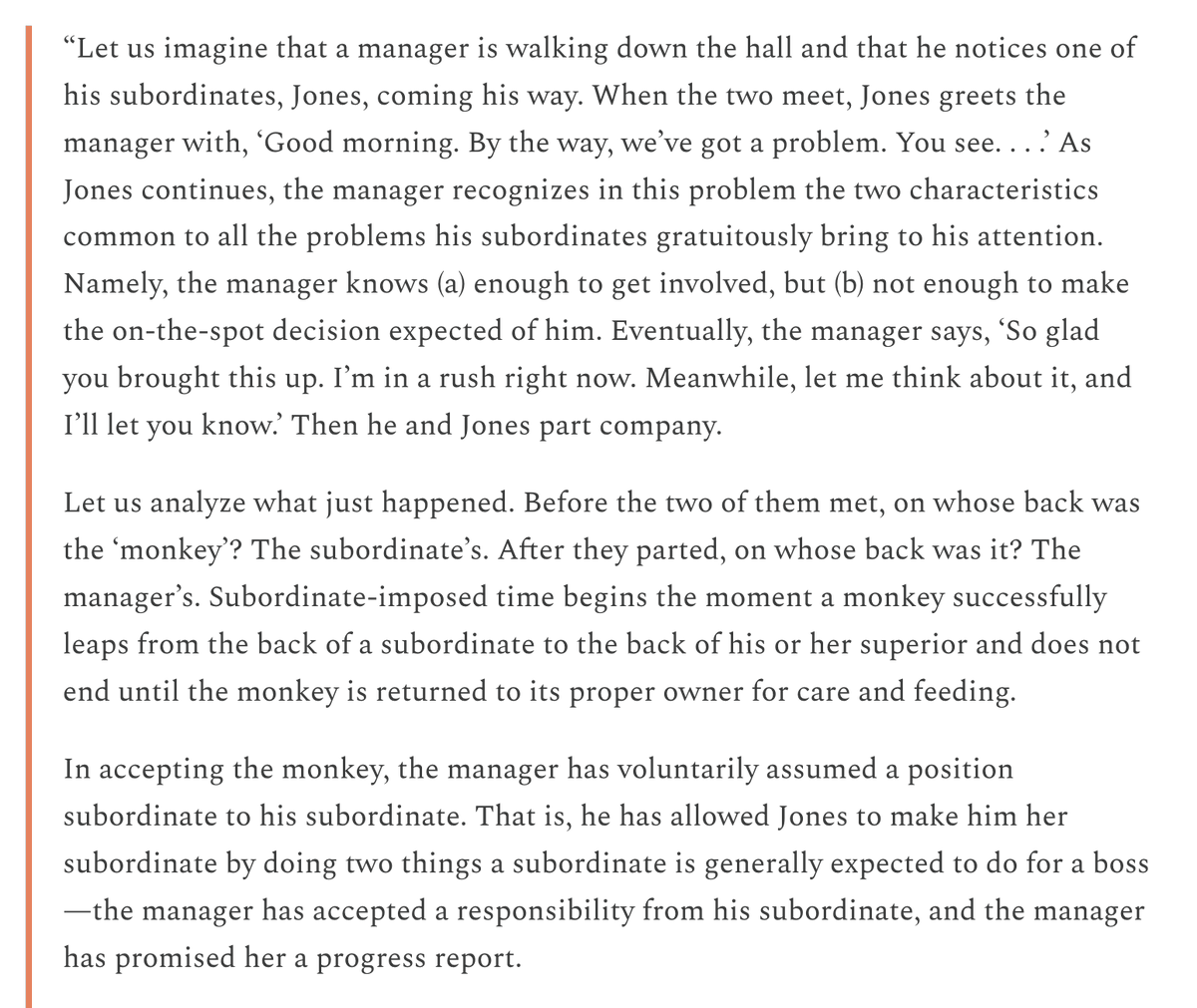This week's post (for paid subscribers): When to hire your first product manager 🥇
Inside:
1. Why PMs are great
2. Signs you need a full-time PM
3. What to look for in your first PM
+ much more
See thread for some nuggets 👇
lennyrachitsky.com/p/when-to-hire…
Inside:
1. Why PMs are great
2. Signs you need a full-time PM
3. What to look for in your first PM
+ much more
See thread for some nuggets 👇
lennyrachitsky.com/p/when-to-hire…
2a/ The 3 jobs of a Product Manager:
1. Shape the product: Harness insights from customers, stakeholders, and data to prioritize and build a product that will have optimal impact on the business
2. Ship the product: Ship high-quality product on time and free of surprises
...
1. Shape the product: Harness insights from customers, stakeholders, and data to prioritize and build a product that will have optimal impact on the business
2. Ship the product: Ship high-quality product on time and free of surprises
...

2b/ ...
3. Synchronize the people: Align all stakeholders aligned around one vision, strategy, goal, roadmap, and timeline to avoid wasted time and effort
3. Synchronize the people: Align all stakeholders aligned around one vision, strategy, goal, roadmap, and timeline to avoid wasted time and effort
3/ Signs you may need a full-time product manager:
🐌 Frequent bottlenecks
⚔️ Frequent misalignment
💡 A burning need to go deep on a problem (post-PMF)
🐌 Frequent bottlenecks
⚔️ Frequent misalignment
💡 A burning need to go deep on a problem (post-PMF)
6/ What to look for in your first Product Manager
growth.eladgil.com/book/chapter-7… by @eladgil
medium.com/@gokulrajaram/… by @gokulr
medium.com/@jgolden/when-… by @jpgg
growth.eladgil.com/book/chapter-7… by @eladgil
medium.com/@gokulrajaram/… by @gokulr
medium.com/@jgolden/when-… by @jpgg
• • •
Missing some Tweet in this thread? You can try to
force a refresh




















